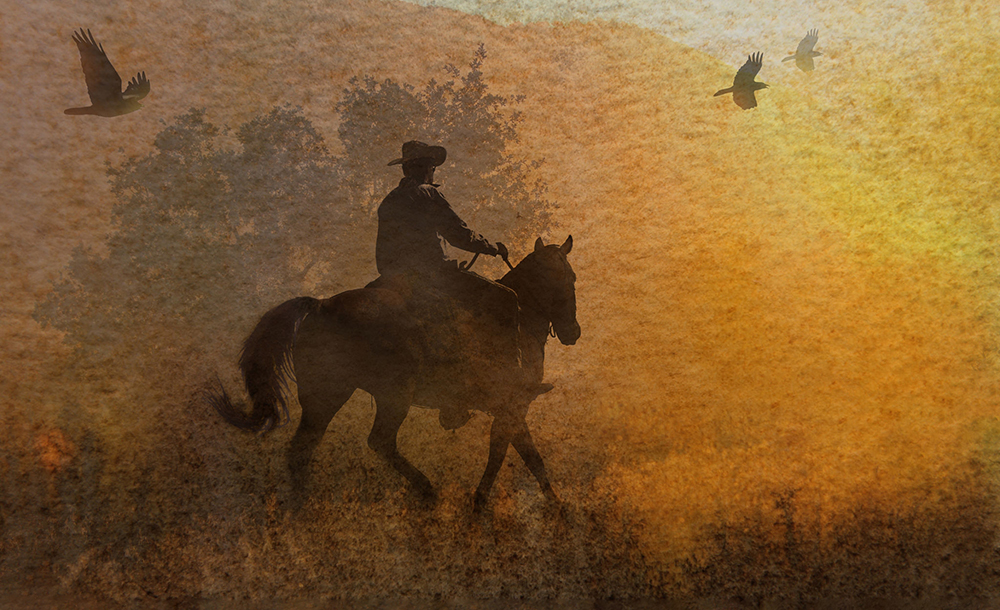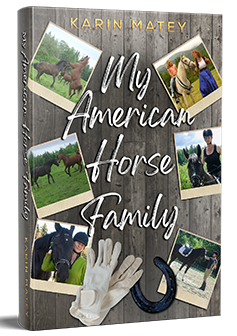Horse riding began in ancient times. Not only as a mode of transportation but also for war to carry vital messages and intel across distant lands in order to gain an advantage over the opposition. Horses carried the royalty to distant lands and to fulfill their vested interests.
Then the time came when the art of equestrianism evolved and flourished. It is a mutual and complex synergy between man and horse. It’s all about coordination and grace that needs to be paired and partnered with the horse’s intelligence, synched to the rider’s actions with finesse.
The horse’s training is about the conditions by maneuvering the horse using subtle energies and regulating stress. For instance, we can allow precise movement efficiency through the horse’s brain that can translate muscle movement and coordination effortlessly.
Training these magnificent creatures is helping their brain to think and project. Reactions in horses are profound and astounding, transforming them into art and movement. Oftentimes they can be labeled as both science and literature, in a sense where movement can be described as poetry and form and figure as science.
As time progressed, horse racing became a popular aggressive sport that also has ancient origins. Thoroughbreds were usually preferred in these types of racing events as these are the breeds that are suited for racing.
Haute Ecole is classified as the advanced section of Classical dressage. These types of skill sets are usually seen in exhibitions and horse shows. With that said, horse shows are staged anywhere in the world with various events, such as performance demonstrations, equipment expos, wardrobe, and judging areas are used. These events are broken down into sections: Halter, In-hand breeding/conformation sections. Others include: Harness, Jumping or Over Fences and Pleasure, Flat or Under Saddle classes, and Equitation.








